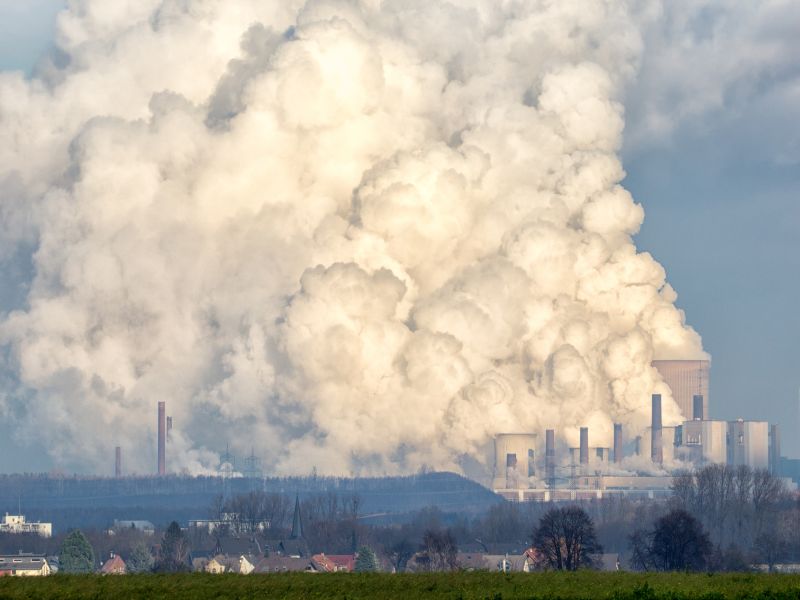
WEDNESDAY, Jan. 23, 2019 (HealthDay News) -- Rising ozone levels and air pollution may be sending more people to U.S. emergency rooms with breathing problems, a new study finds.
In fact, increased ozone levels, a main component of smog, sent people of all ages to emergency rooms, the researchers found.
For each increase in ozone of 20 parts per billion, emergency room visits for breathing problems increased nearly 2 percent among children, 5 percent among adults under 65 and 3 percent among adults over 65, they reported.
Rising ozone levels were linked to increased emergency room visits for asthma, acute respiratory infections, COPD and pneumonia, according to the study.
Higher levels of air pollution, specifically fine particulate pollution (PM2.5), increased emergency room visits among children and adults under 65. Children were the most affected, the researchers said.
"Previous studies of ER visits related to respiratory illness have shown that children are particularly susceptible to air pollution, but those studies were mostly confined to a single city," said study lead author Heather Strosnider. She's a lead health scientist at the U.S. Centers for Disease Control and Prevention.
For every 10 microgram per cubic meter increase in PM2.5, emergency room visits increased slightly more than 2 percent in children and nearly 1 percent among adults under 65.
Increased levels of PM2.5 raised the number of visits for asthma, acute respiratory infections and pneumonia, the researchers found.
In their study, Strosnider and her colleagues used data from the CDC's National Environmental Public Health Tracking Program to look at the association between air pollution and emergency room visits for hundreds of U.S. counties.
The researchers looked at the levels of pollutants in 869 counties in the week before an emergency room visit for a breathing problem. They included nearly 40 million visits for counties representing 45 percent of the U.S. population.
The report was published online recently in the American Journal of Respiratory and Critical Care Medicine.
The study only found an association, and not a cause-and-effect link, between pollution levels and ER visits. But these findings should guide efforts to protect those most vulnerable to air pollution, Strosnider said.
"For example, we observed strong associations for ozone among adults under 65 and for fine particulate pollution among children," she said in a journal news release. "This information can be used by public health officials and governments to make important decisions about air pollution and respiratory health in our communities."
More information
The U.S. Centers for Disease Control and Prevention has more on pollution and respiratory health.
Back

The news stories provided in Health News and our Health-E News Newsletter are a service of the nationally syndicated HealthDay® news and information company. Stories refer to national trends and breaking health news, and are not necessarily indicative of or always supported by our facility and providers. This information is provided for informational and educational purposes only, and is not intended to be a substitute for medical advice, diagnosis, or treatment.






